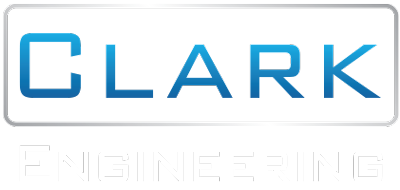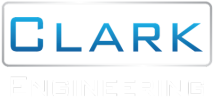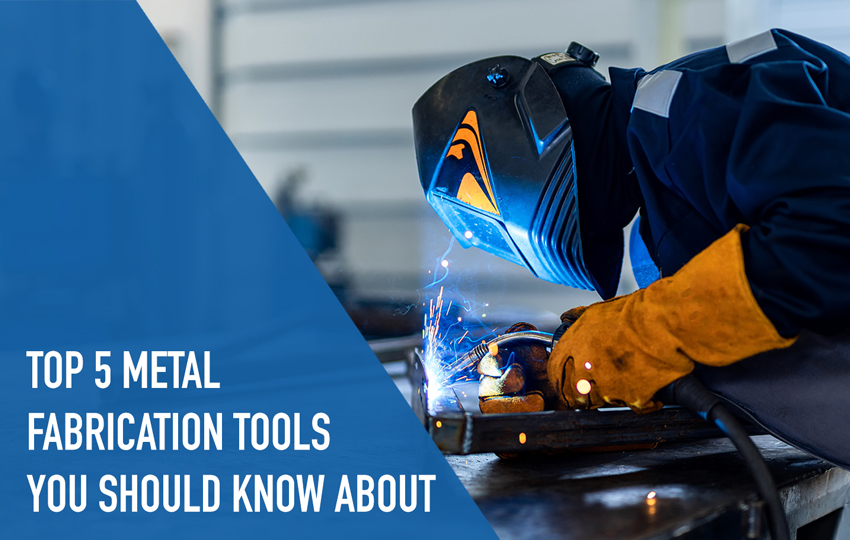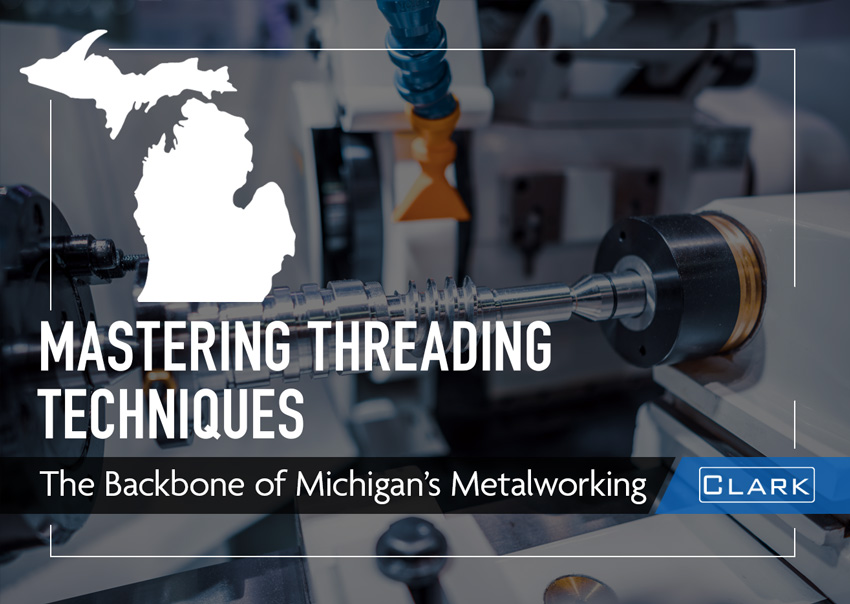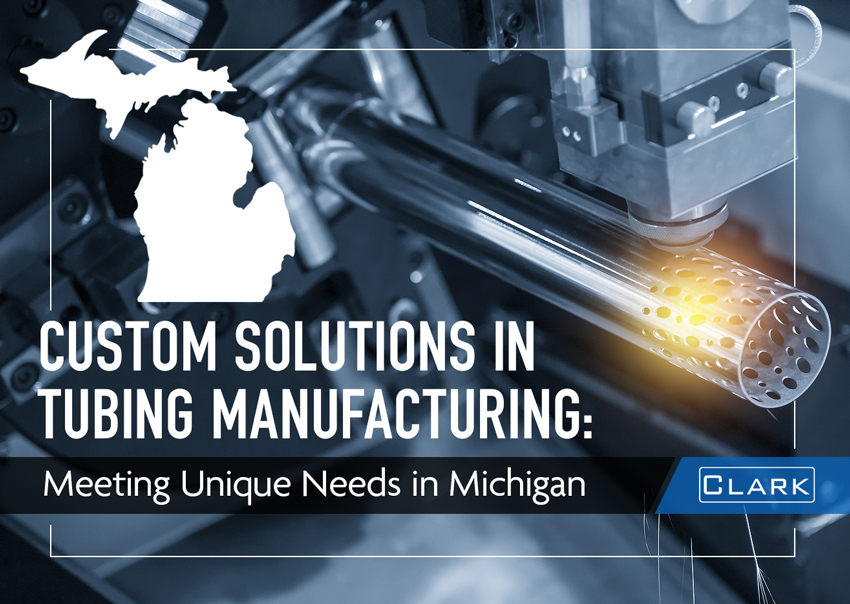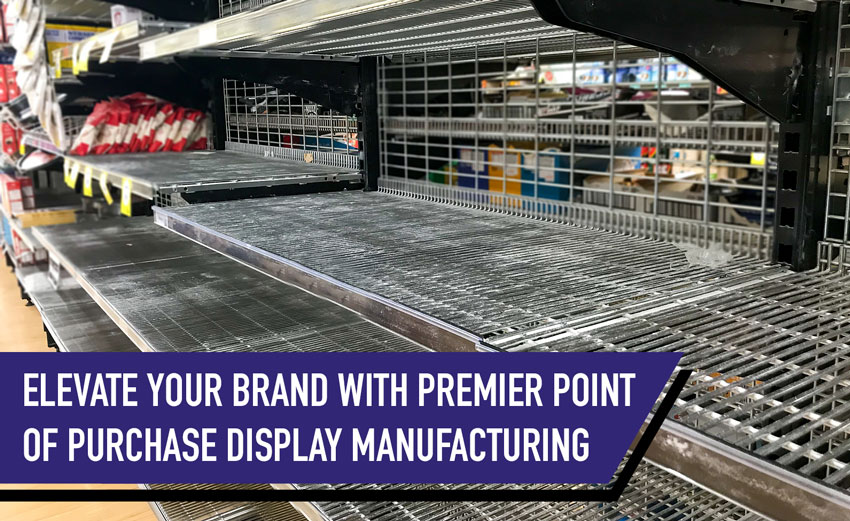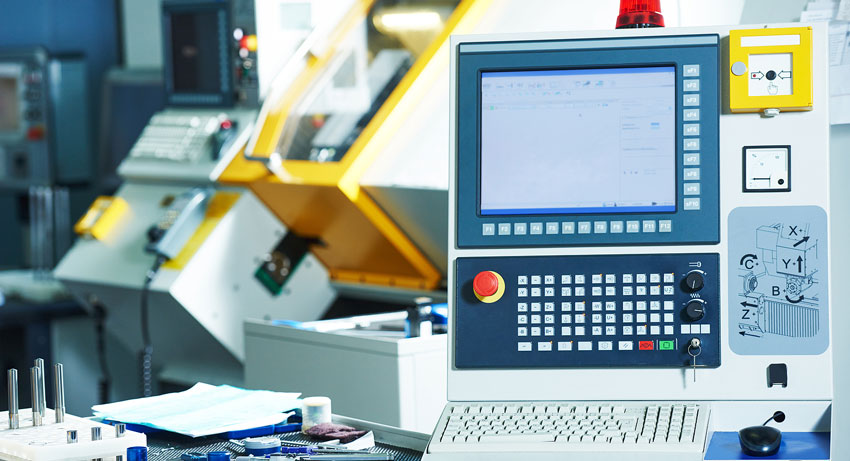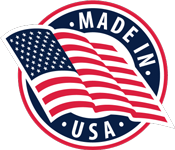Metal fabrication is a highly intricate and complex process. Naturally, it makes sense to opt for specialized equipment and tools. Typically, metalworking shops keep essential metal fabrication tools. Industries continue to leverage metal fabrication, which is an essential type of manufacturing.
It revolves around using different kinds of techniques. What’s interesting is that each method renders a specific design on a metal sheet. Metal fabricated solutions are having momentum, and metal fabrication tools are at the center of it.
Let’s take a look at the top five metal fabrication tools:
Tool 1 – Angle Grinder

The angle grinder is a standard fixture across metal fabrication and manufacturing factories. Usually, it is a handheld device that experts use to perform a variety of functions, like cutting, deburring, grinding, finishing, and polishing. You can find angle grinders in most metal-based manufacturing projects.
Today, angle grinders also come as battery-operated or electrically powered devices. But in the end, it all depends on your needs. Metal workshops usually have an angle grinder to carry out different types of fabrication tasks and activities.
It is a highly versatile and innovative tool that works wonders for some of the most labor-intensive and simple tasks. One of the main reasons an angle grinder is so practical is that it is highly efficient. Using angle grinders, factories continue to reduce their lead times for producing different metal components without compromising on quality.
In terms of sizes, angle grinders come in 6 and 4½ inches. As long as the operator has access to proper safety gear and wear and follows standard precautions, using an angle grinder in different manufacturing processes is ideal.
On top of versatility, it’s the grinding, cutting, maneuverability, and portability of angle grinders that make them perfect for manufacturing processes. With an angle grinder, you can prepare surfaces and ensure smooth and grind surfaces.
Tool 2 – Plasma Cutter
This machine involves using plasma jets that allow you to cut metal. A plasma jet comes into play when heating gas to a high temperature and then passing via an electric field. Consequently, it makes a highly robust and hot gas jet that experts can use to cut straight through metal.
From the perspective of metal fabricators, plasma cutters are an integral tool. Mostly, plasma cutters make it easier for metal fabricators to cut through metal plates and sheets faster and with minimal effort. Sure, the plasma cutter is a highly versatile tool. And one of the perks of using a plasma cutter is that it allows you to cut through metal at a high speed.
As a result, it allows metal fabricators to take care of different kinds of manufacturing projects quickly. Plasma cutters render narrow, precise, and clean cuts and cut out the need for additional work without compromising on quality and accuracy. In terms of applications, plasma cutters are ideal for cutting pipes, structural components, and metal sheets with utmost precision.
Tool 3 – MIG Welder
This is a welding tool that uses a dedicated electric arc in order to weld metal. In most cases, metal fabricators use a MIG welder to weld thin metal components. It is a common practice for welders to use MIG welders to produce durable, reliable, and robust welds efficiently and easily.
One of the highlights of a MIG welder, or wire welder, is that it is incredibly easy to operate and is ideal for beginners and professionals alike. The main advantage of using a MIG welder is that it boosts productivity and ensures all-around strong welds.
Welders can use MIG welders on metal, aluminum, and even stainless steel. The use of MIG welders is standard in automotive, manufacturing, fabrication stores, and automotive spaces. MIG welders are perfect for joining metal sheets, creating solid metal sculptures, and fabricating structural frames.
Tool 4 – Brake Press
A brake press is one of the best machine-pressing tools that fabricators use to bend metal plates and sheet material. In most cases, a brake press is used for sheet metal. Whether it’s a small or large application, press brakes are ideal to use.
A brake press involves a mechanical approach that applies force and then bends the sheet metal at a specific angle. It is a highly robust, precise, and versatile tool across metal fabrication stores.
Press brakes have become a must-have tool for experts to work with, bend, or shape metal sheets. Most fabricators use press brakes to bend a high volume of metal sheets efficiently. Apart from bending metal sheets, fabricators also use press brakes to form a diverse range of complex components.
Tool 5 – MIG Welder

Unlike MIG welders, TIG welders are significantly more expensive. On the bright side, TIG welders can produce more durable, solid, and reliable welds. More and more welders have started to use TIG welders to weld thicker aluminum or steel components.
TIG, or Tungsten Inert Gas, welding is an extremely complex and precise welding approach across metal fabrication to ensure high-quality and controlled welds. A TIG Welder promises high-quality welding and top-notch precision and control.
TIG welder also uses a different filter material and comes with shielding gas to render precise and clean welds. The use of TIG welders is perfect for critical applications and thin materials that require high-quality welding.
Conclusion
In the manufacturing landscape, experts use a broad range of metal fabrication tools for different purposes. It would be fair to state that the manufacturing industry will continue to evolve and produce highly innovative metal components for the consumer, construction, and automotive industries.
This makes it all the more important to better understand the significance, features, and applications of top-tier metal fabrication tools and how they can drive development in the industry. In layman’s terms, metal-producing fabricators and entities depend on simple as well as complex tools in order to create robust, useful, and innovative metal parts for aftermarket or assembly distribution.
These five tools deserve your consideration when it comes to metal fabrication outfitting. You can find a lot of metal fabrication tools used in manufacturing processes and shaping metals efficiently.
In hindsight, these metal fabrication tools make it possible to create high-quality and robust metal components in a cost-effective, innovative, and flexible manner.
